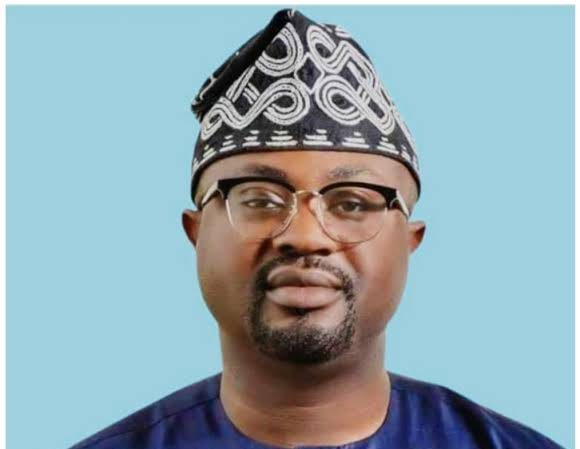
The Federal Government of Nigeria has set a target of 10,000 megawatts through its Sustainable Power and Irrigation Project for Nigeria in collaboration with the World Bank.
The primary objective of this project is to enhance the utilisation of existing storage facilities for both irrigation and hydropower generation. It aims to strengthen institutional frameworks related to integrated water resources management within Nigeria.
Minister of Power, Adebayo Adelabu, shared these details during the African High-Level Roundtable on Sustainable Hydropower in the African Renewable Energy Mix of the 21st Century, held in Abuja on Wednesday.
“SPIN aims to unlock additional 10GW combined capacity from existing dams with provision for hydro but not fitted, partially incomplete dams with provisions for hydropower, Greenfield projects and existing multipurpose dams that can be modified/redesigned and retrofitted,” he said.
While acknowledging the immense potential for hydropower development in Africa, he said it is important to also consider responsible development.
He said, “We must address environmental concerns around dam construction and ecosystem disruption, alongside social impacts on local communities. This requires a commitment to sustainability, stakeholder engagement, and innovative solutions to financing these large-scale projects.”
The minister previously stated that for several decades, hydropower has played a significant role in Nigeria’s energy supply, contributing approximately 20 per cent to the nation’s total grid supply as of now.
He highlighted that Nigeria has completed several major hydropower projects, including the 760 MW Kainji,578 MW Jebba, 600 MW Shiroro, 40 MW Mabon, and the newly inaugurated 700 MW Zungeru and 40 MW Kashimbila hydropower stations.
Adelabu emphasised Nigeria’s wealth of water resources across its various basins. He mentioned that while the country’s hydropower capacity is estimated at 14 GW, only around 15 per cent of this potential has been harnessed.
This indicates a significant untapped opportunity for hydropower development throughout Nigeria.
“The country has over 340 dams spread across different geo-political zones, under the management of the three government tiers and many are not optimally utilized or at risk of damage.
“For the small hydropower, a multitude of river systems, providing about 70 micro dams, 126 mini dams, and 86 small sites, supply a technically exploitable capacity of 3.5GW, but only 1.7per cent (0.06GW) of these resources are currently being tapped, while there are about 10GW of potential untapped capacities from the large and medium-sized hydropower,” he said.
Adelabu articulated that, consistent with the Nigeria Energy Transition Plan, the national government is dedicated to fulfilling the goal of universal energy access by 2030. This involves making 30 gigawatts of electricity available, with renewable sources contributing 30 per cent of this total.
The minister emphasised the significance of Nigeria meeting its revised Nationally Determined Contribution set in 2021, which includes reducing greenhouse gas emissions by 20 per cent by 2030 on its initiative, and by 45 per cent with external assistance, compared to projected baseline figures.
Expressing enthusiasm for the pivotal High-level Roundtable on Sustainable Hydropower within the African Renewable Energy framework, hosted by the African Development Bank, he highlighted the event’s importance.
He remarked that the essence of this conference, representing a joint endeavour by African countries to utilize hydropower’s potential for a renewable and sustainable energy future, underscores a common commitment to fostering an energy-rich and climate-resilient African economy for the 21st century.
The minister also noted that Africa’s vast natural endowments position it favourably on the global stage.
“Among these resources are our vast untapped water systems which hold the key to unlocking a clean, reliable, and abundant source of energy.
“As Africa strives towards achieving the UN Sustainable Development Goal 7 of ensuring universal access to affordable electricity by 2030 sustainable hydropower development stands as a powerful pillar in our renewable energy mix to close the energy access gap while simultaneously tackling the problems of climate change on the continent,” he noted.
“According to the International Energy Agency, over 600 million Africans (or 43per per cent of the total population) currently lack access to electricity with Nigeria having the bulk of the population estimated to be over 85m by World Bank.









